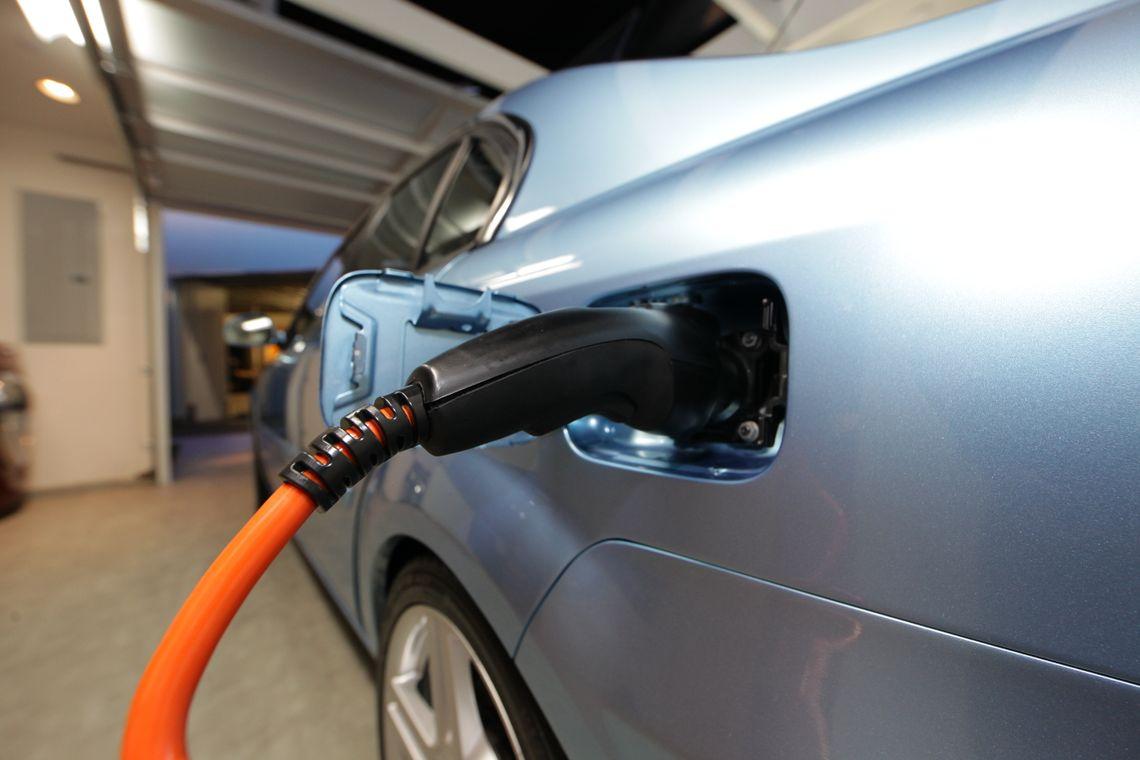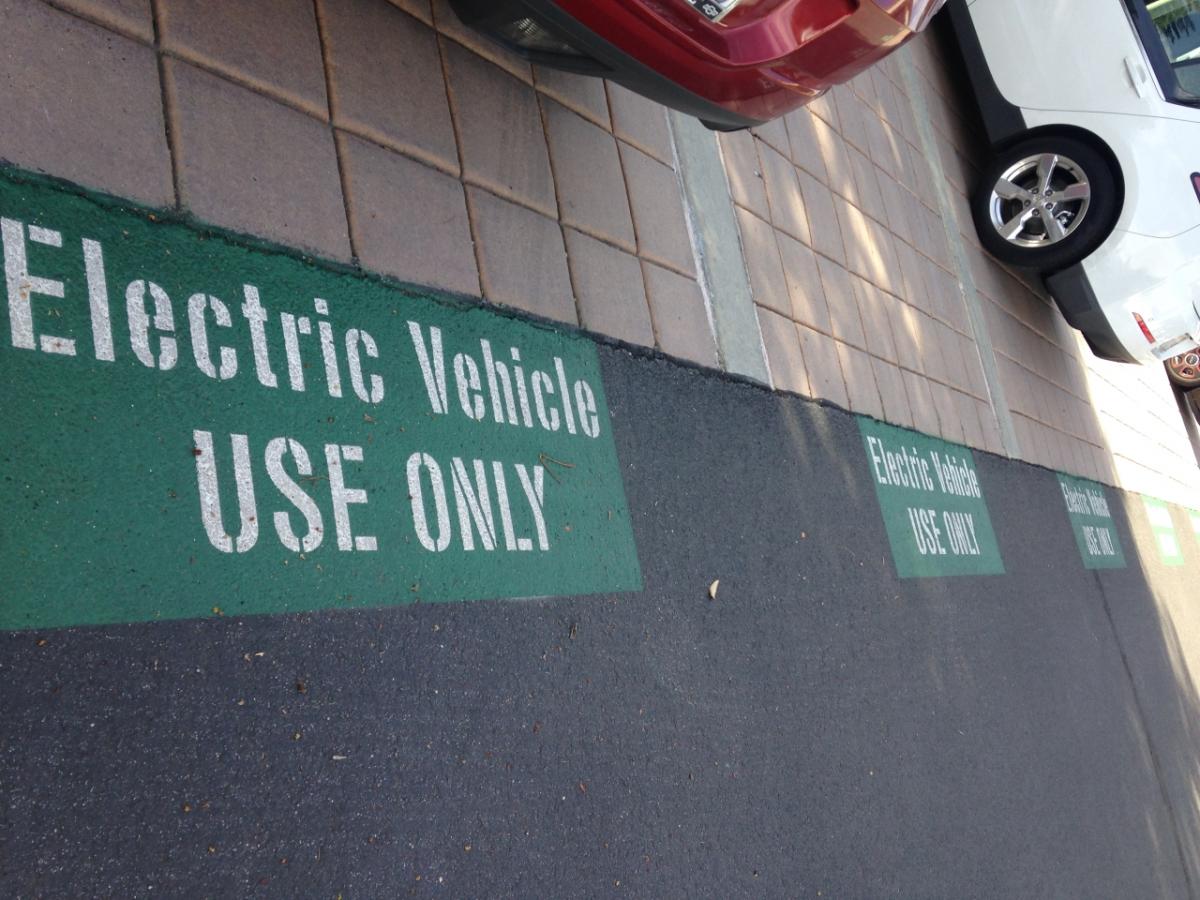SCE and Other Power Companies Across the Country Transform
Utility leaders agree, customer expectations and new technologies are demanding an industry evolution.
Electric utilities across the country are seeing an industry change, driven by evolving customer demands and technological advancements. This change looks different and is occurring at different paces in different states, but there are commonalities as new technologies such as battery storage, electric vehicles and smart meters become increasingly available and affordable.
Three utility CEOs from different regions sat down recently to discuss their industry, customer expectations, new technologies and their companies’ response at CERAWeek, an annual energy conference in Houston. Technology has primed customers’ appetite for more choice and flexibility to manage their energy. They want energy to be more reliable, more affordable and cleaner.
“SCE is changing … because our customers demand it,” said Pedro Pizarro, president and CEO of Edison International, Southern California Edison’s parent company. “In California, customers are concerned about climate change.”
In California, 72 percent of voters favor the law requiring greenhouse gas emissions reduction to 40 percent below 1990 levels by 2030, according to a Public Policy Institute of California July 2017 poll. California state law also calls for legally binding emission reductions, and SCE is moving quickly to meet these targets in just 12 years.
Electrifying transportation is one of the most effective ways to meet California’s GHG emissions reductions goals, and EV adoption is happening quickly in California. In January, Gov. Jerry Brown called for a target of 5 million EVs by 2030 with half of all EV sales in the U.S. already concentrated in California last year.
Utilities across the country are preparing for EV charging to become a major part of their demand for energy.
PNM chairman, president and CEO Pat Vincent-Collawn discussed the EV challenges in her service territory in New Mexico, where there is a low-density population. The charging infrastructure for EVs is complicated since people are spread out across a vast area. Texas faces similar challenges according to Scott Prochazka, president and CEO of CenterPoint Energy, however he sees near-term adoption of EVs in Texas’ urban areas like Austin.
One thing the industry leaders agree on is that the industry, in response to customer expectations and new technologies, is going to look very different in a few years, especially as EVs increase in popularity.



